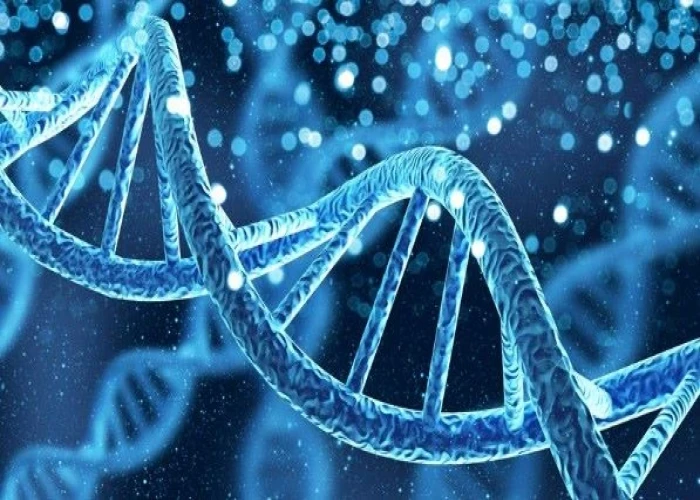 Welcome
Welcome
“May all be happy, may all be healed, may all be at peace and may no one ever suffer."
Progeria
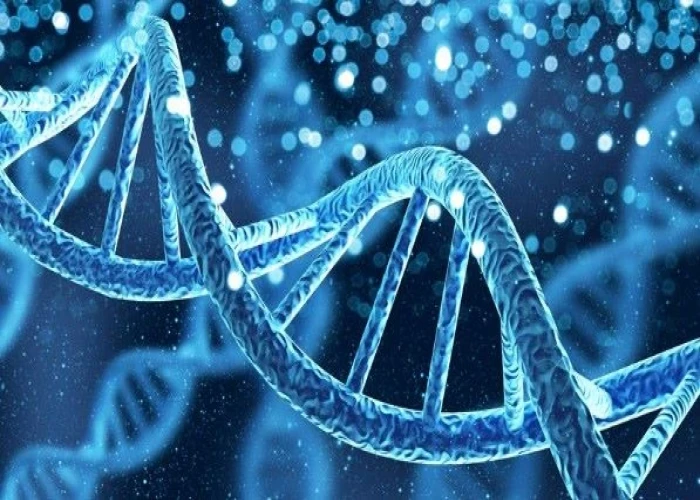
Progeria, also known as Hutchinson-Gilford Progeria Syndrome, is a rare genetic disorder that causes accelerated aging in children. It is caused by a genetic mutation in the LMNA gene, which codes for a protein called lamin A, and affects approximately 1 in 4 to 8 million newborns worldwide.
Progeria is characterized by the appearance of symptoms that are typically associated with aging, such as hair loss, thinning and wrinkled skin, loss of body fat and muscle, joint stiffness and pain, and cardiovascular disease. Children with progeria often have a shortened lifespan, with an average life expectancy of around 14 years.
There is currently no cure for progeria, and treatment is focused on managing symptoms and improving quality of life. Medications may be used to manage symptoms such as joint pain, and physical therapy may be recommended to maintain joint mobility and strength. Diet and nutrition may also be carefully managed to ensure adequate nutrient intake.
Research into the underlying causes of progeria is ongoing, with the aim of developing new treatments and possibly even a cure for the condition. One promising avenue of research involves the use of a drug called lonafarnib, which has shown some promise in improving cardiovascular health and increasing lifespan in children with progeria.
Due to the rarity of the condition, specialized medical care and support is often required for children with progeria and their families. This may include access to genetic counseling, palliative care, and support from patient advocacy organizations.
Research Papers
Disease Signs and Symptoms
- Poor growth or weight gain
- Hair loss
- Visible veins
- Deafness (Hearing loss)
- Low bone density (Fragile bones)
- Hip dislocation
Disease Causes
Progeria
A single gene mutation is responsible for progeria. The gene, known as lamin A (LMNA), makes a protein necessary for holding the center (nucleus) of a cell together. When this gene has a defect (mutation), an abnormal form of the lamin A protein called progerin is produced and makes cells unstable. This appears to lead to progeria's aging process.
Unlike many genetic mutations, progeria is rarely passed down in families. The gene mutation is a rare, chance occurrence in the majority of cases.
Other similar syndromes
There are other progeroid syndromes that do run in families. These inherited syndromes cause rapid aging and a shortened life span:
- Wiedemann-Rautenstrauch syndrome, also known as neonatal progeroid syndrome, starts in the womb, with signs and symptoms of aging apparent at birth.
- Werner syndrome, also known as adult progeria, begins in the teen years or early adulthood, causing premature aging and conditions typical of old age, such as cataracts and diabetes.
Disease Prevents
Disease Treatments
There's no cure for progeria, but regular monitoring for heart and blood vessel (cardiovascular) disease may help with managing your child's condition.
During medical visits, your child's weight and height is measured and plotted on a chart of normal growth values. Additional regular evaluations, including electrocardiograms and dental, vision and hearing exams, may be recommended by your doctor to check for changes.
Certain therapies may ease or delay some of the signs and symptoms. Treatments depend on your child's condition and symptoms. These may include:
- Low-dose aspirin. A daily dose may help prevent heart attacks and stroke.
- Other medications. Depending on your child's condition, the doctor may prescribe other medications, such as statins to lower cholesterol, drugs to lower blood pressure, anticoagulants to help prevent blood clots, and medications to treat headaches and seizures.
- Physical and occupational therapy. These therapies may help with joint stiffness and hip problems to help your child remain active.
- Nutrition. Nutritious, high-calorie foods and supplements can help maintain adequate nutrition.
- Dental care. Dental problems are common in progeria. Consultation with a pediatric dentist experienced with progeria is recommended.
Potential future treatment
Current research seeks to understand progeria and identify new treatment options. Some areas of research include:
- Studying genes and the course of the disease to understand how it progresses. This may help identify new treatments.
- Studying ways to prevent heart and blood vessel disease.
- Performing human clinical trials using drugs known as farnesyltransferase inhibitors (FTIs), such as lonafarnib, which were developed for treating cancer, but may be effective for treatment of progeria by helping with weight gain and increased flexibility of blood vessels.
- Testing other drugs for treatment of progeria.
Disease Diagnoses
Disease Allopathic Generics
Disease Ayurvedic Generics
Disease Homeopathic Generics
Disease yoga
Progeria and Learn More about Diseases

Waldenstrom macroglobulinemia

Plague
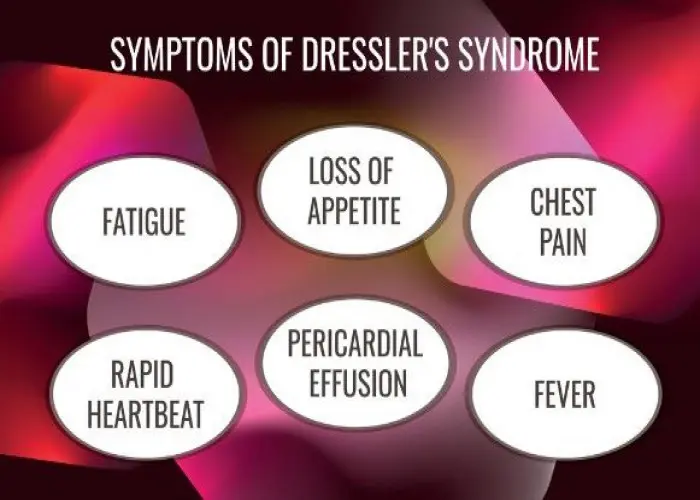
Dressler syndrome

Mosquito bites
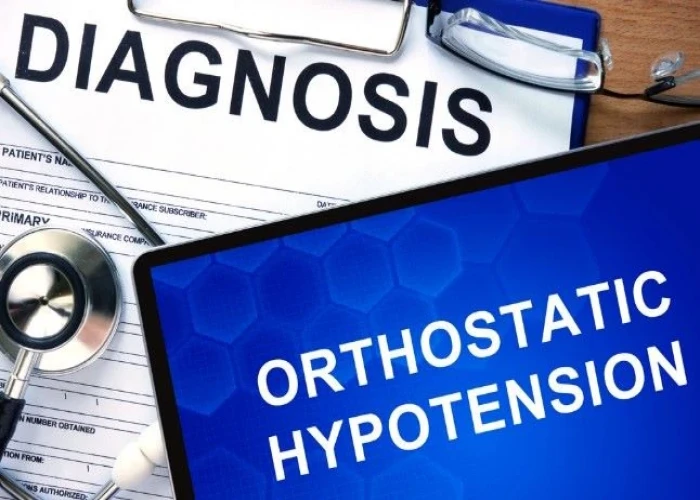
Orthostatic hypotension (postural hypotension)
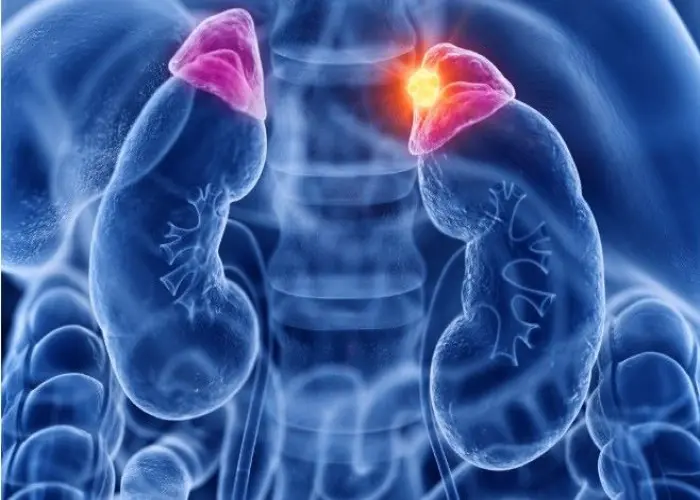
Cushing syndrome
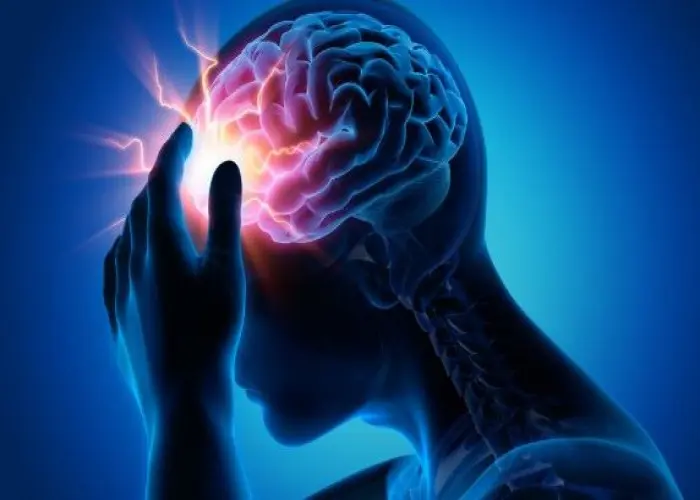
Headaches in children

Bad breath
progeria, প্রোজেরিয়া
To be happy, beautiful, healthy, wealthy, hale and long-lived stay with DM3S.
